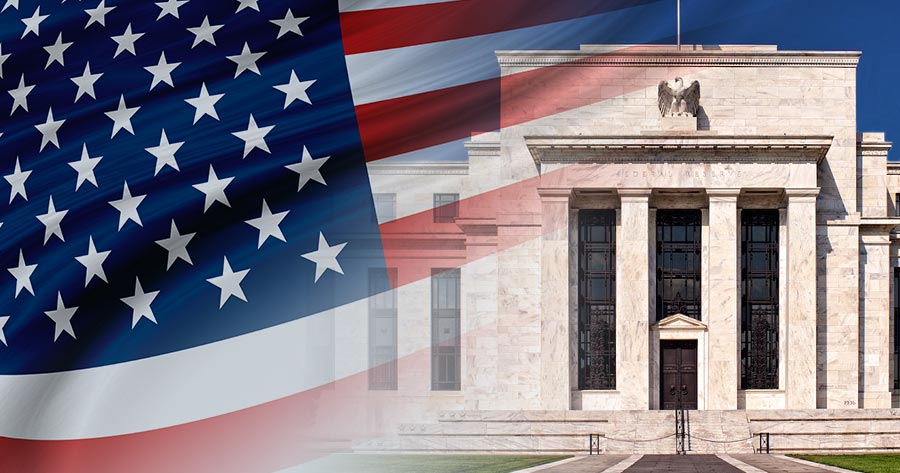Two officials of the Federal Reserve gave further clarification on their decision to back the 50-bps cut as opposed to a smaller one during the meeting last week, reiterating inflation and labor market.
Neel Kashkari, President of the Minneapolis Federal Reserve, explained in his essay that the risks have repositioned from inflation towards the withering job market which “warrants a lower federal funds rate.”
President of the Chicago Fed Austan Goolsbee explained that the 50-bps cut derived from the central bank giving as much thought to an optimal employment as the price stability.
Raphael Bostic, President of the Atlanta Fed, together with Kashkari and Goolsbee, have been expressing their opinions on the Fed’s rate cut that would have ended the central bank’s campaign to simmer down the inflation since the 80s.
On the other hand, Jerome Powell, Chair of the Federal Reserve of the United States, told reporters during a press conference that the 50-bps cut was an attempt to overtake the weakened labor market following the descending inflation.
Regardless, Governor of the Federal Reserve Michelle Bowman, the sole dissenter against the 50-bps cut, argued in favor of a smaller first cut as the inflation is yet to arrive at the 2% target set by the central bank, fearing such an action could be a “premature declaration of victory.”
The Personal Consumption Expenditures Price Index (PCE) will be further interpreted by the Fed as their preferred measure against inflation. Analysts, based on Bloomberg data, are expecting a 2.3% YoY from the PCE this Friday.
Given the number, Bostic has refrained from larger cuts unless there is a significant development in the job market deterioration, claiming the market has not softened to the alarming level. Nonetheless, Bostic emphasized that the job growth was lesser than the initial suggestion.
Meanwhile, Kashkari pointed out the endless falling of wages and prices of non-housing services. Kashkari also believed that the interest rates are still on the higher side, saying the strength of the US economy is still covered with mixed signals. While a nimble job market exemplified a weak economy, sturdy GDP and consumer spending indicated a strong economy, explained Kashkari.





